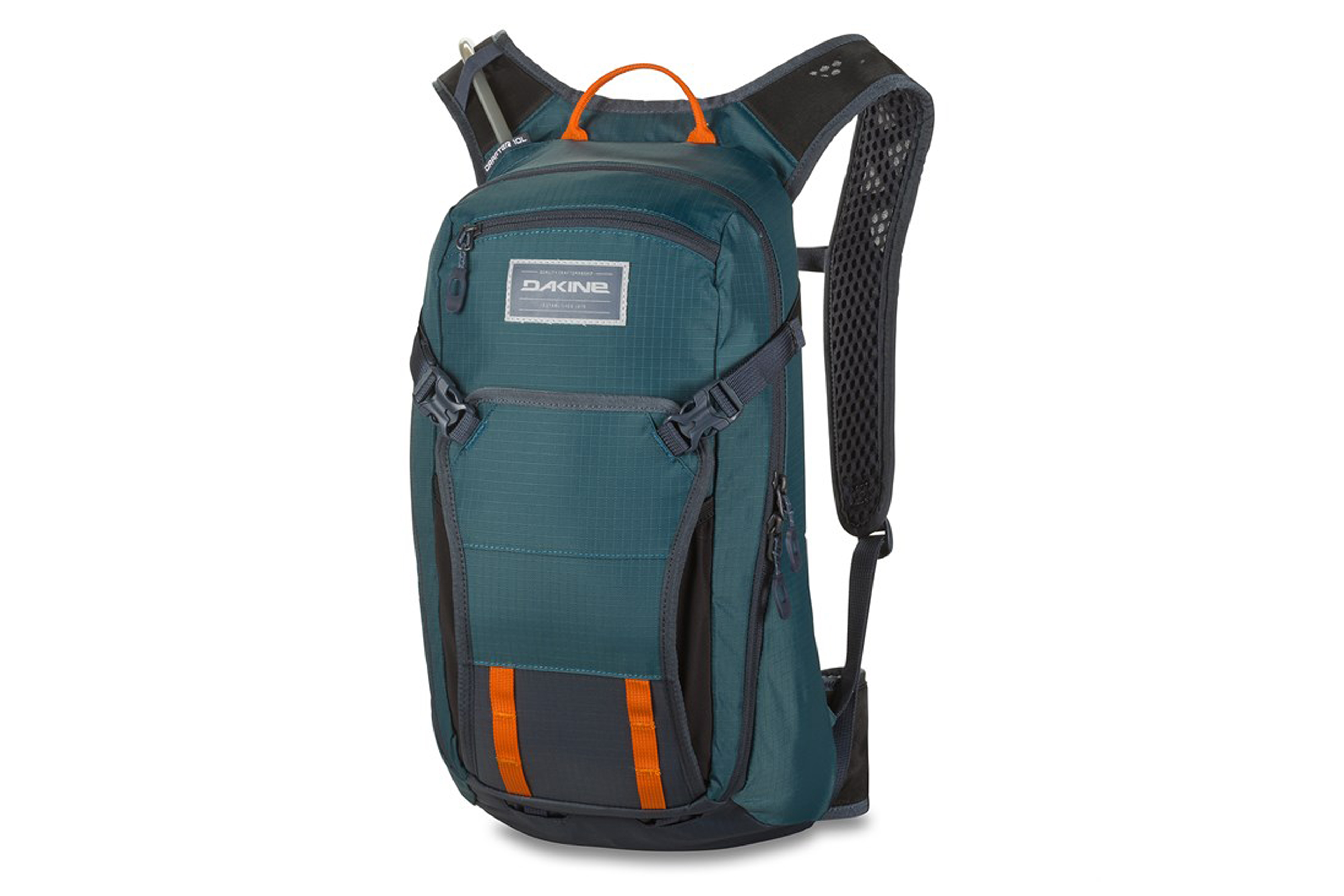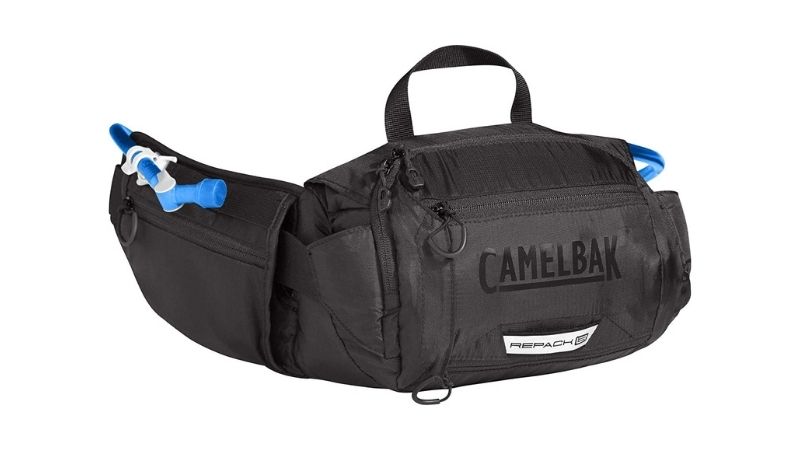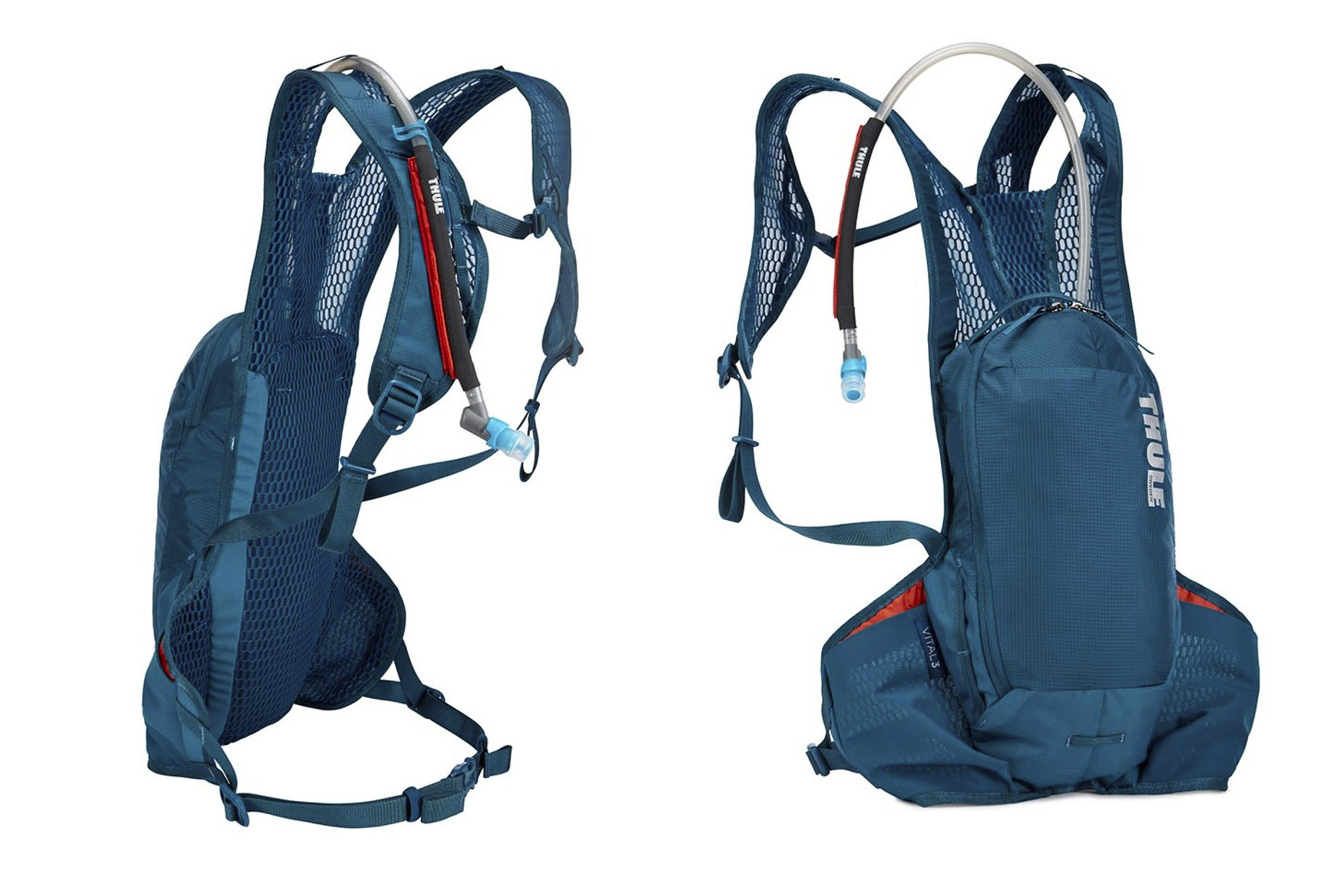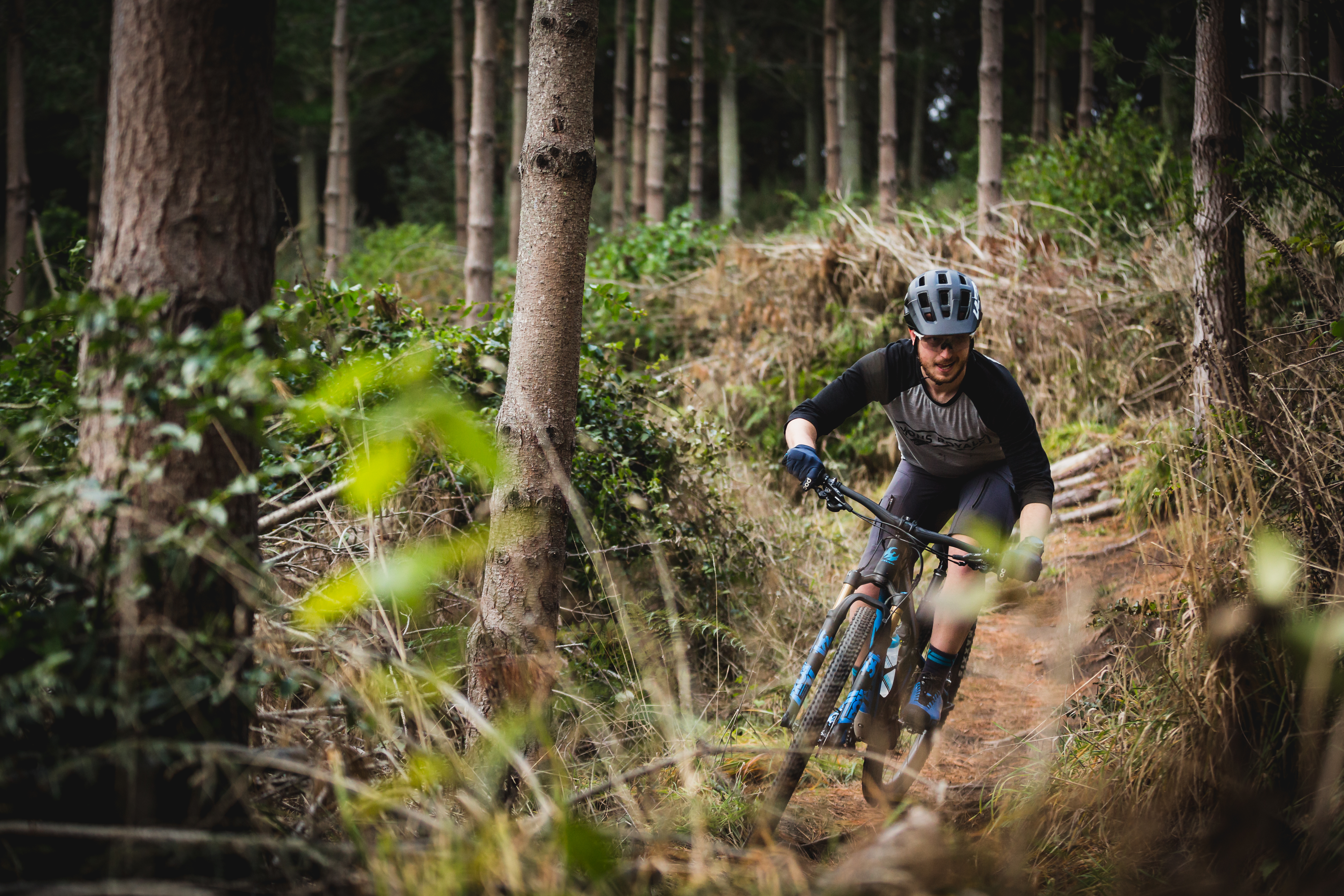Best hydration packs for mountain biking
Mountain bike hydration packs do a lot more than merely carry water - they're also ideal for storing food, layers, spares and tools you're likely to need on a ride

While we'd prefer to ride bag free the reality is that jersey pockets just don't cut it - especially for longer rides where you need to carry extras to ensure you're never found wanting.
Fear not because there is a solution: the hydration pack, which is more often than not a necessary evil to carry the food, water, layers, spares and tools you're likely to need on a ride.
Hydration packs come in all shapes and sizes, ranging from low-profile packs and bum bags to large backpacks with room to bring a Sunday roast and full toolbox.

Osprey Daylite Daypack
Premium, durable and breathable
The Daylite Daypack from Osprey is a great all-rounder for when you're heading out for a day on the trails. The mesh-covered die-cut foam backpanel provides comfort and ventilation, reducing the unpleasant feeling of sweat on your back while you ride. The built-in water reservoir carries 2L of water, while there's an internal laptop pocket in case you need to get some work done at lunch time. It's also a perfect commuter bag for shredders heading straight to the woods from the office.
The Daylite can also be attached to others Camelbak packs to expand storage space. Check the listing for a full rundown of which bags are compatible.

Camelbak MULE
No-nonsense mountain bike pack
The MULE was originally launched in 1996 when it was basically just a backpack with a few zippered pockets and a bungee on the rear. The latest version has three zippered pockets including an insulated section just for the Crux 3.0-litre reservoir. The gear pocket features a zippered pouch near the top and mesh dividers and elastic loops to wrangle your tools.
The rear of the bag employs what Camelbak calls the Air Director back panel which uses foam and mesh to ensure your jersey stays dry and sweat-free.
On the outside, there are nifty helmet carry clips, and the front flap is big enough to hold a rain jacket or extra layer.

Dakine Drafter 10L
Compact pack that carries way more than you’d expect
Beyond just being available in some loud and crazy designs, the Drafter is a solid all-around MTB pack. It comes with a 3.0-litre Hydra-pack hydration pack complete with the brand's high-flow Blaster bite valve.
The back panel comprises suspended mesh allowing for loads of airflow, and gives the DK Impact CE-certified spine protector a place to slot in (sold separately). The gear pocket can be open and laid flat and has quite a few zippered and elastic mesh-organiser pouches.
The exterior features an open pocket, perfect for carrying bulky layers or helmets both full face and half shell. Hiding on the bottom of the pack are two pieces of webbing designed to securely tether unwanted armour.

CamelBak Repack LR 4
For when you need more than a bottle, but less than a backpack
If a bottle of water won't suffice, but you really hate the idea of riding with a full pack on your back, then a lumbar bag - or fanny pack - might just be the solution you need. Your hips bear the load, which means you can stay mobile and maneuver the bike with ease without being weighed down from behind. Plus everything you need is easily reachable.
The Camelbak Repack LR 4 carries a 1.5L water reservoir, and also features cargo pockets for extra storage. A wide waist belt optimizes fit, while dual reservoir compression straps cinch the pack into the small of your back, creating the stability needed for an all-out day on the trails.

Thule Vital 8L
Best for those who want quick access to tools and snacks
Thule has been making bags for a while and the Vital is a unique take on the low-rider hydration pack. With only 8.0-litres of storage, you can stuff a surprising amount of gear in the bag, especially with the stretch-mesh pocket at the rear. The waist belt has two jersey-style pockets that can accommodate both snacks and tools.
Inside, there is a fleece-lined pocket for valuables and the main compartment sees a sleeve for the bladder as well various mesh pockets and loops to keep everything neat and tidy.
The hose is routed over the right shoulder with the last few centimetres shod in an elastic sleeve with magnetic panels sewn in — it's by far the best magnetic hose keeper we've come across.
1. Water-carrying capacity
The main reason you'll be looking to purchase a hydration pack is to carry enough water to prevent you from drying out on the trail. The capacity will vary from about a litre for hip packs and bum bags to three litres for a large trail pack. How much you'll need to bring will vary depending on the length of your ride, the temperature and if there is somewhere to top up — the usual recommendation is about half a litre of fluid per hour.
2. Room for other gear
On any given ride you at the very least carry a tube, a pump, tyre levers, a multi-tool, a quick link and a snack, but you may also have layers, rain gear, pads or a full-face helmet in tow. We also recommend chucking in a space blanket and a couple of band-aids just in case. Depending on your load, something between 7- and 20-litres should do the trick.
There is nothing worse than having to unpack your entire bag on the trail in search of your CO2 inflator so make sure you look for bags that have internal pockets to keep your snacks separate from your tools.
3. Ventilation
Wearing a pack is going to leave you warmer than without, so look for a bag with channels to allow some airflow or a suspended mesh-back panel.
4. Harness and protection
A poorly fitting hydration pack can leave you with sore shoulders, hips and even whack you in the back of the head every time you hit a drop or steep section. Look for bags that fit your torso length and have plenty of adjustability in the straps. A good hydration pack will have a sternum strap and hip belt to help move the weight off your shoulders and stabilise the load. Highly padded straps aren't really necessary and look for bags with some form of venting.
Many brands also make women-specific bags, which will see the pack cut to fit the female torso. The harness will usually be a bit narrower and shorter to better fit the curves that guys just don't have. Some bags also feature removable spine protectors.
5. Bladder and bite valve
Hydration bladders come in many different sizes and shapes. For the most part, bladders are available in 1.5-, 2.0- and 3.0-litre sizes and will either have a circular screw opening or a dry-bag-style fold over closure at the top. There are pros and cons to both but look for a bladder that has a big opening — this will make refills, cleaning and drying easier.
Like bladders, not all bite valves are created equal. Most are made of soft rubber, just requiring a squeeze to start the stream of water, though some allow fluid to flow more freely than others. The tubing that comes with most hydration packs can be cut to length and should feature some sort of a lock-off valve that prevents leaks.

Born and bred in Colorado, and now based in Australia, Colin comes from a ski racing background and started riding as a way to stay fit through the summer months. His father, a former European pro, convinced him to join the Colorado State University collegiate cycling team, and he hasn't stopped since. It's not often he pins on a number nowadays, and you'll likely find him in search of flowy singletrack, gravel roads and hairpin corners. Colin has worked at Bikeradar and is a regular contributor to Australian Mountain Bike and Cyclist magazines.
Rides: BMC Team Machine SLR01, Trek Top Fuel 9, Ibis Ripley
